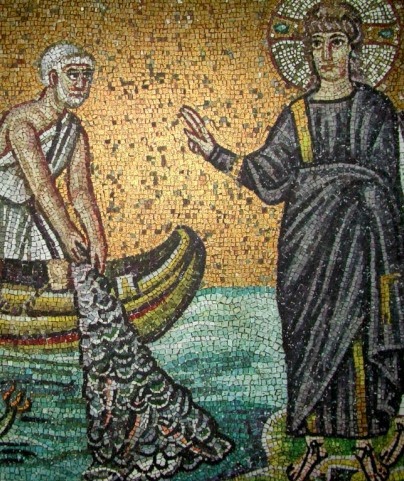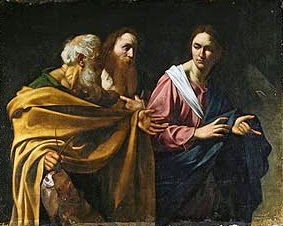Homily for the Fourth Sunday in Ordinary Time, February 1, 2015, Year B

Fr. René J. Butler, M.S. Director, La Salette Shrine Enfield, NH Christ casting out demons ( Click here for today’s readings ) At the end of this Gospel passage it would appear that Jesus is now poised to embark on a great career. He is rapidly becoming a celebrity. There are lots and lots of famous people in the world, from the international to the local scene, in every field you can imagine. A few, commonly called “personalities,” may simply be “famous for being famous.” Most have caught people’s attention by doing something never (or rarely) done before (like medical miracles, sports records, technology, etc.), or by doing something in a totally new, interesting or exciting way (as in literature, music, and the arts in general). It also helps to be in the right place at the right time and to be noticed by the right people. But you still have to be the “right person” with the “right stuff.” Then you can make a big impression, and have people “astonished” and “


.jpg)

